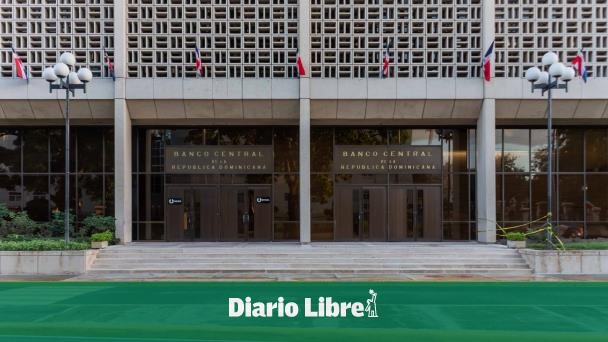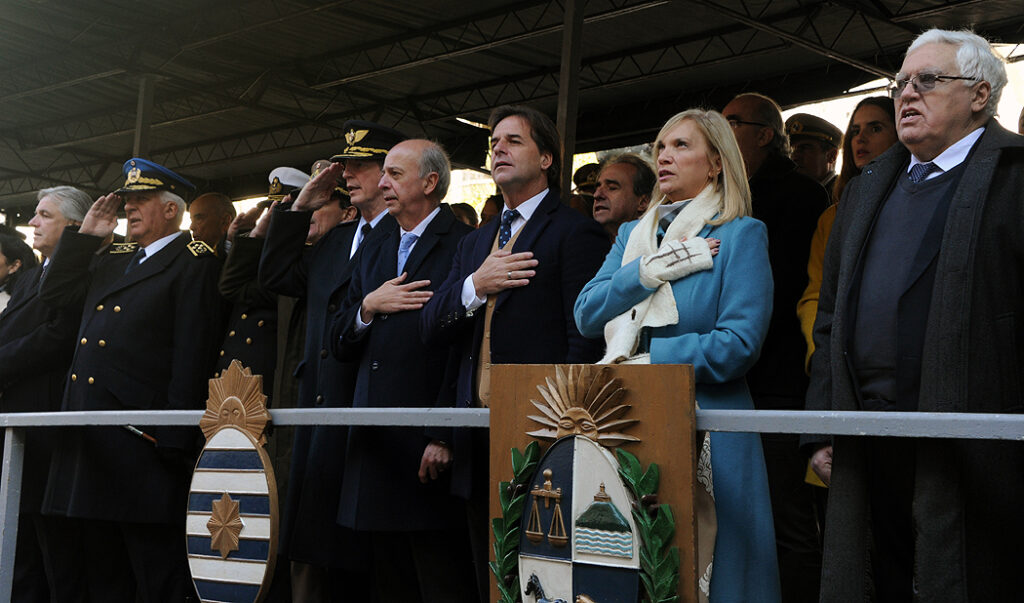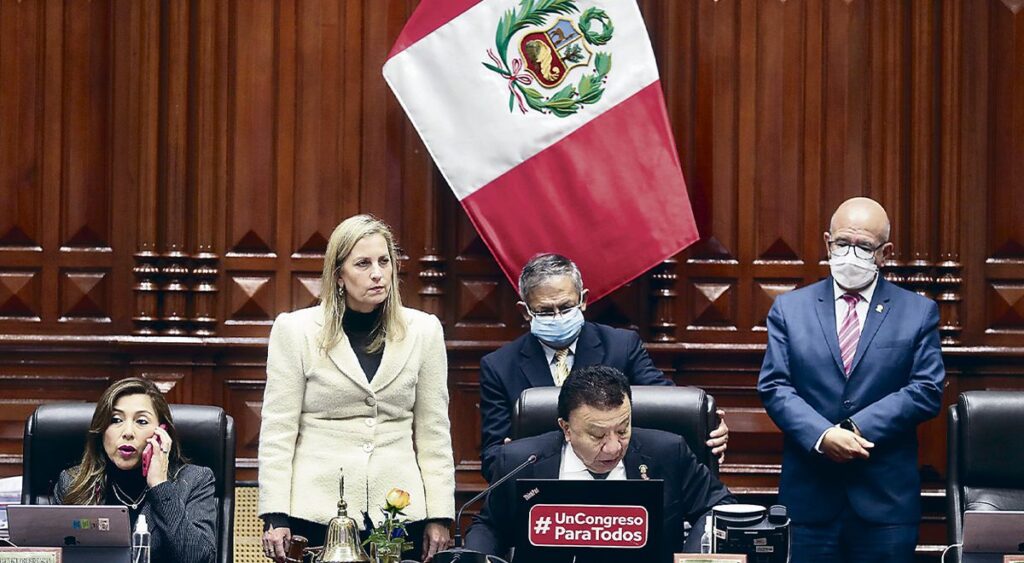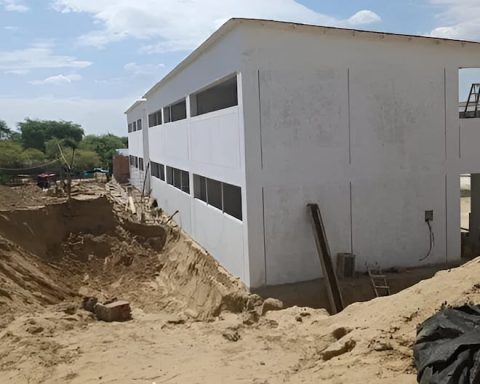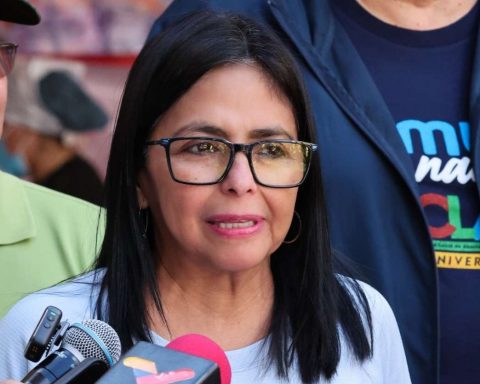The euro skyrocketed yesterday after the publication of data on the US economy and rumors that the central bank Europe will raise interest rates by half a percentage point tomorrow. It was trading at $1.0231, down from $1.0188 in late European forex trading the previous day. The euro It was paid at 1.0267 dollars.
Given the depreciating behavior of the currency, Free Journal asked six questions central bank Dominican to understand this and other foreign exchange issues.
In recent days the euro has depreciated to the point that it was briefly worth less than the dollar in international markets. Why did this happened?
We can identify three essential factors that explain the phenomenon of parity dollar–euro not seen since 2002: the divergence of monetary policy in the United States and the Zone Eurothe predominance of dollar in international markets and the current geopolitical situation in Europe. In effect, this year the United States Federal Reserve has decided to increase its monetary policy interest rate, while the central bank European still maintains its same rates.
Additionally, the war in Ukraine and the subsequent sanctions against Russia have caused a significant deterioration in the macroeconomic projections of the European countries, calling into question the probability of an economic recession in the region, which has resulted in the dollar US is consolidated as an international safe-haven asset. These factors have motivated investors to migrate their assets denominated in euros to instruments in dollars, accelerating the rate of depreciation of the euro in front of dollar.
How and who determines that the dollar is worth so much and the euro so much?
The price of a foreign currency, such as the dollar and the euro, is determined by the supply and demand for foreign currency in the domestic economy. The prices of these coins are not fixed.
And in the Dominican Republic, who and how is the value of the peso set?
Likewise, the value of the Dominican peso against the dollar The US currency is not fixed, it depends on the fluctuations in the supply and demand for foreign currency in the domestic exchange market. Article 8 of the Monetary and Financial Law, on free convertibility, establishes that: “The exchange regime will be based on the free convertibility of the national currency with other currencies. Economic agents may carry out transactions in foreign currency under the conditions that they freely agree to in accordance with the general rules on contracts.
Why are the rates changed daily and not fixed for a longer time?
Starting from the free convertibility of the national currency with other currencies, the economic agents can carry out their transactions in foreign currency under the conditions that they freely agree on each day. In that sense, the central bank of the Dominican Republic does not set the value of the Dominican peso against the dollar as it is determined by the supply and demand of foreign currency.
Why has the dollar in the DR decreased its value and in other Latin American countries has it reached historical highs?
The appreciation of the exchange rate in the Dominican Republic, contrary to what happens in other countries in the region, is due to the significant increase in the flow of foreign currency to the country, supported by the dynamism of remittances, the growth of exports, the recovery of tourism, and new foreign direct investment projects initiated by companies in different sectors of the economy.
Do you recommend buying euros and dollars now that they are worth less, at least in the Dominican Republic?
The central bankas executor of foreign exchange policy in the Dominican Republic, cannot make such recommendations.
